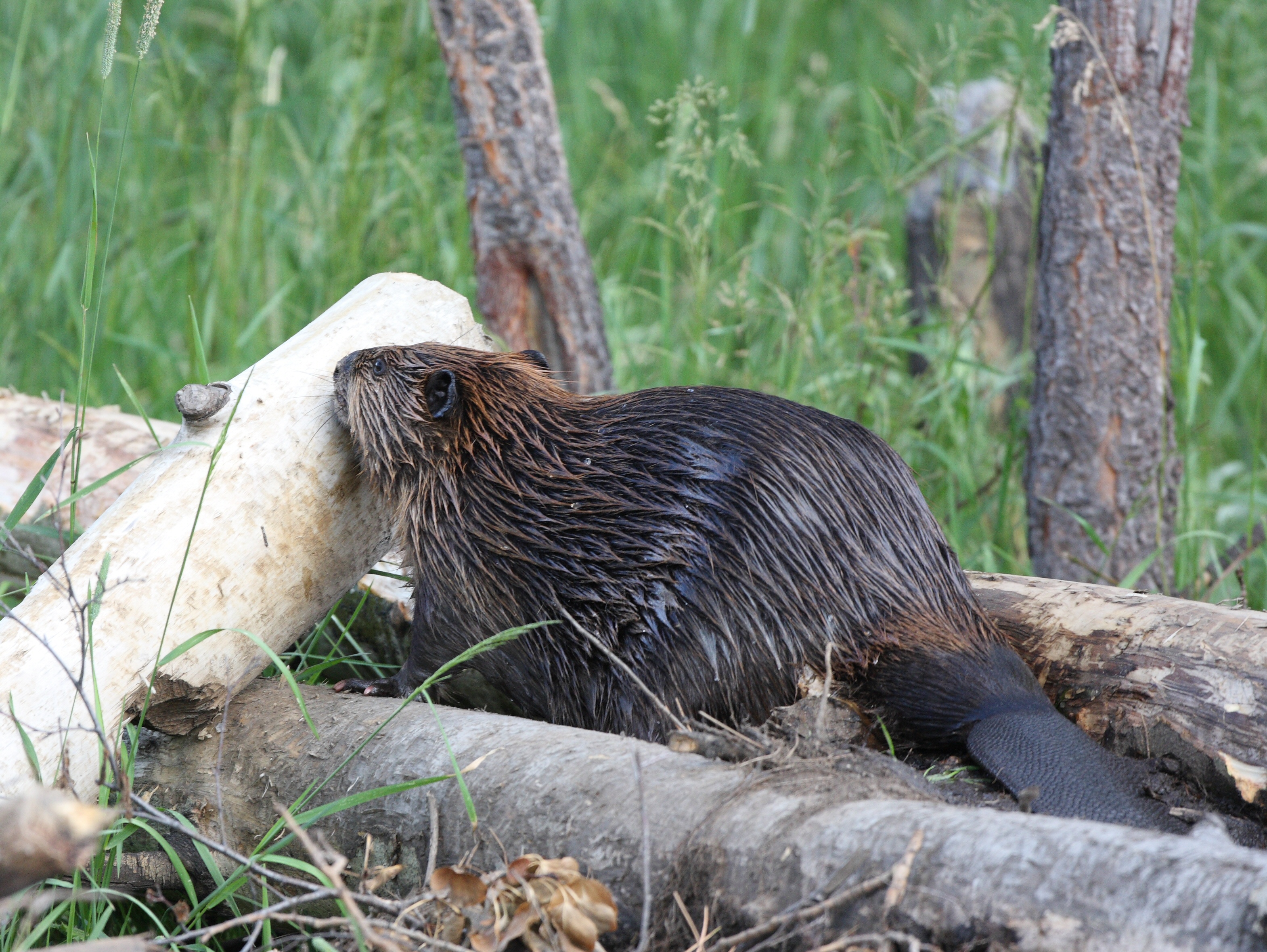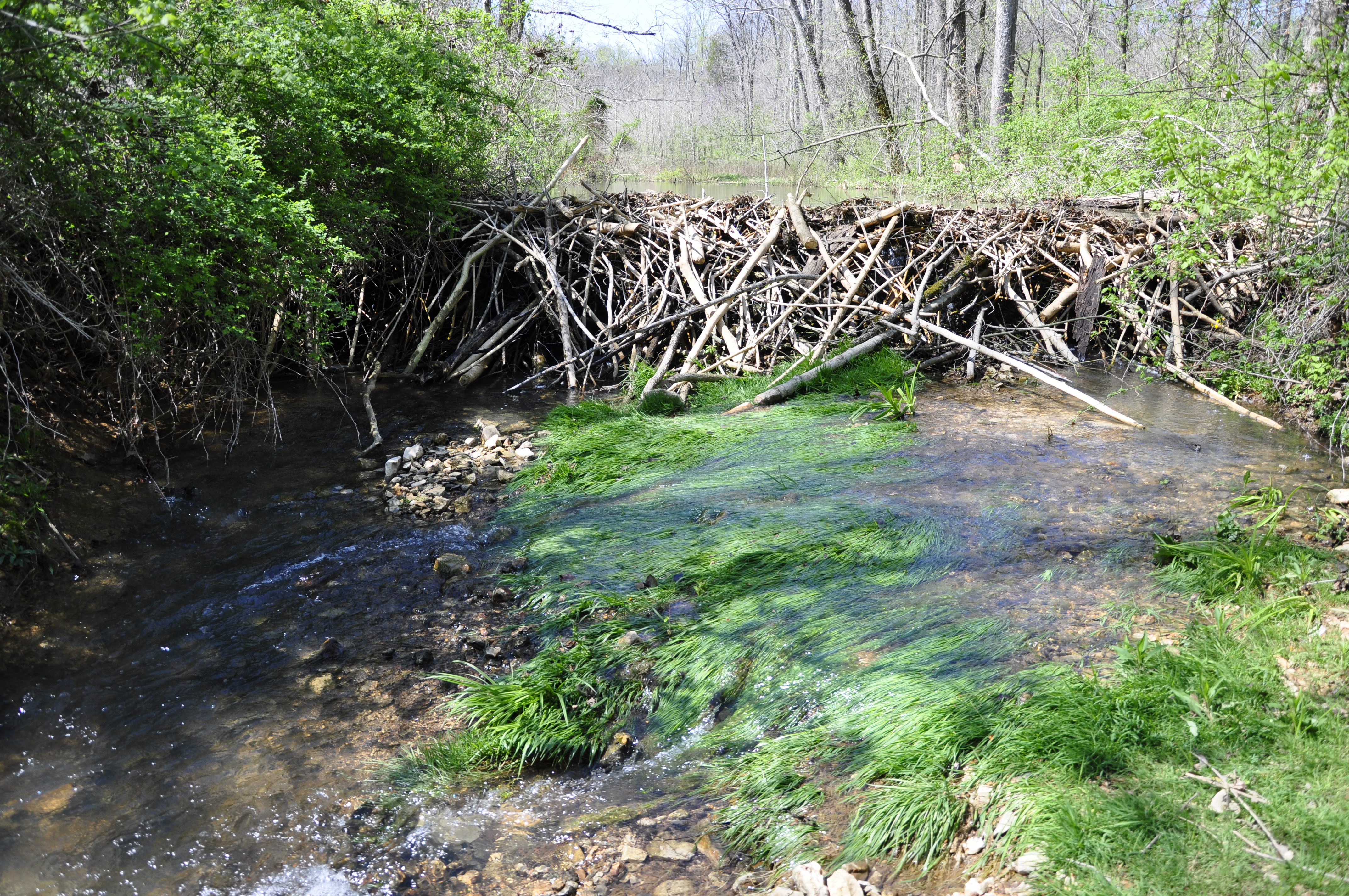Beaver
Beaver are common and abundant throughout the entire Northeast. They are an important keystone species in that their dam building activities create habitat for many fish, wildlife, and plant species. The beaver is the largest native rodent in North America with adults weighing 40 to 50 pounds or more. The most distinguishing feature is its large, flat black tail. It is primarily aquatic and can be found wherever water and trees are available. Beavers cut (chew) down a wide variety of trees, and especially prefer poplars, aspens and willows. They also girdle trees (chewing off the bark in a ring around the entire tree near the base), which almost always results in the death of the trees.
Beavers are the engineers of the animal world, building dams and lodges in streams and ponds using nearby trees. These dams create valuable wetland habitats but may also flood roads, destroy crops, damage septic systems, and kill trees in low-lying areas. In rare instances, beavers can contract rabies and may even attack people after being infected by the disease.
Legal, Regulated Trapping in Massachusetts
Legal, Regulated Trapping in Massachusetts
The use of legal, regulated, trapping by licensed trappers can be useful for reducing local wildlife populations and can help reduce nuisance problems in Massachusetts.
Solutions for beaver problems
Laws and regulations to be aware of
Regulations for Massachusetts
|
||||||
While we attempt to provide guidance about state and federal regulations pertaining to specific species and control techniques, we do not provide information about local jurisdictions (city, town, county, etc.) where regulations may be more restrictive, especially as it applies to discharge of firearms, transport of animals or use of trapping equipment. Contact your local city or county government to inquire further. No guarantee is made that information (or lack of information) associated with a species or control technique is completely accurate or current. You should become familiar with federal, state and local laws before beginning any wildlife control activities. |





